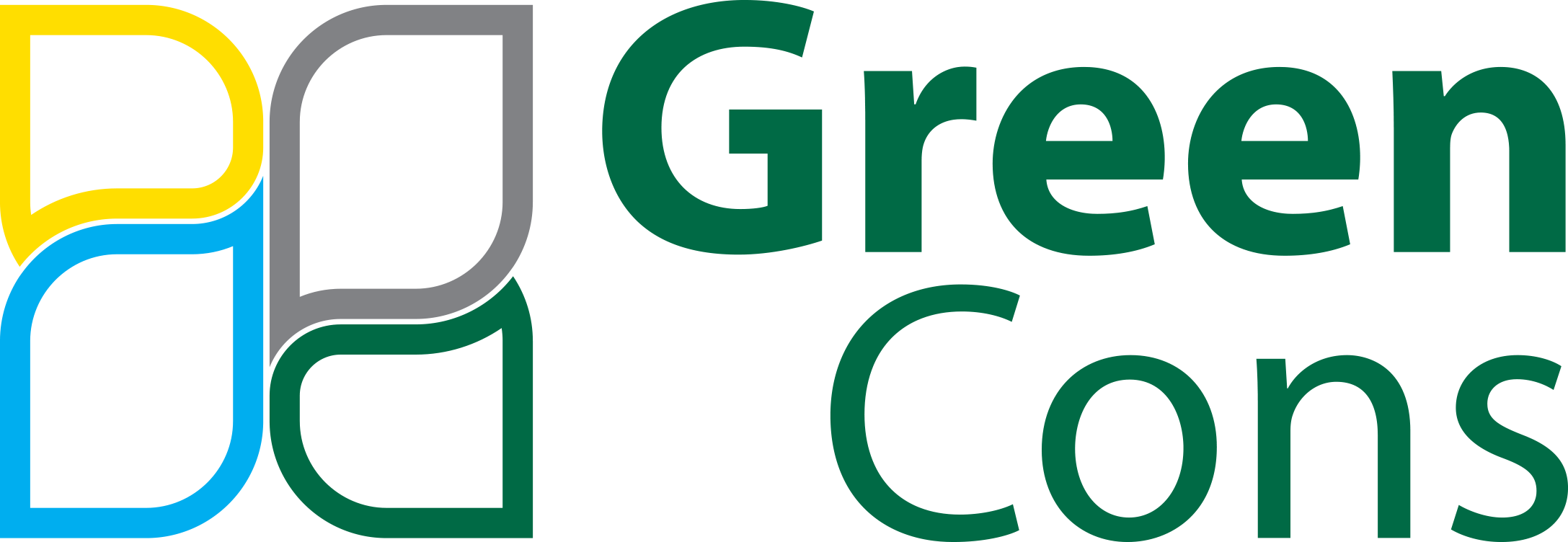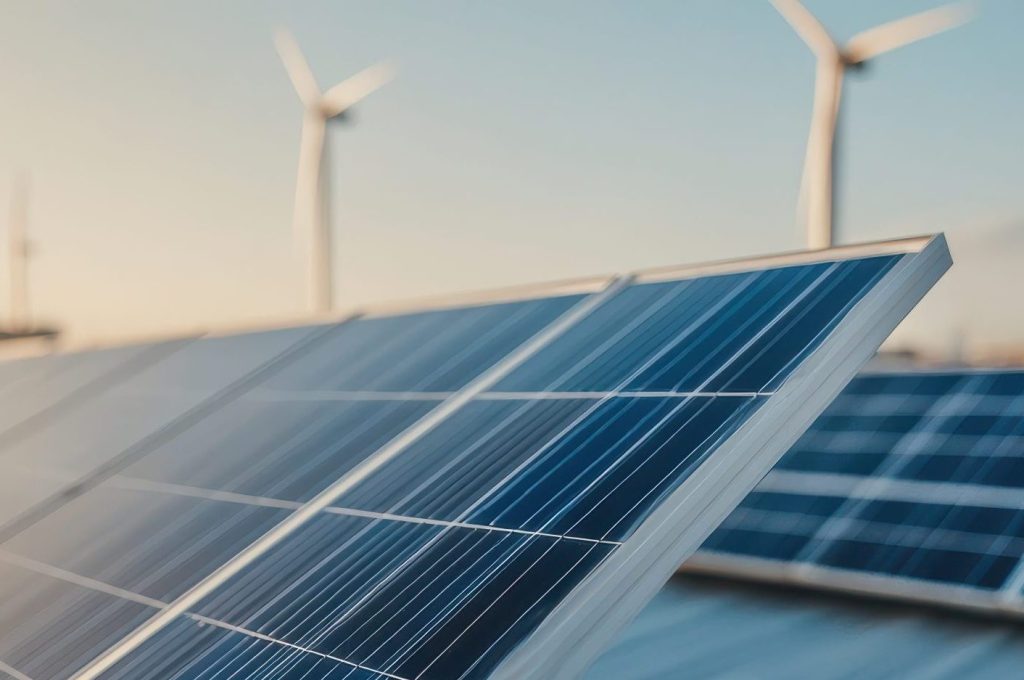Two years after the COP28 agreement to triple global renewable energy capacity by 2030, national targets have seen minimal progress. According to the latest research from the independent energy think tank Ember, global ambition has increased by just 2% since the deal was reached in December 2023.
Current national renewable energy targets total 7.4 terawatts (TW) for 2030 — more than double the 3.4 TW installed by the end of 2022. However, this remains significantly short of the 11 TW required to meet the tripling commitment set at COP28.
A gap of 3.7 TW remains, indicating that countries are still collectively aiming for no more than a doubling of capacity by the end of this decade, Ember notes. Since the 2023 agreement, supported by 133 countries, only 22 have updated their national targets, with the majority of revisions coming from EU member states. Outside the EU, just seven countries have revised their targets. Of the 22 countries that have made changes, 16 increased their ambitions, while six have actually reduced their targets. According to Ember, the slow pace of target revisions suggests that most national energy plans continue to follow routine update cycles, largely unaffected by global climate commitments.

Among Top 20 Power Producers, National Renewable Energy Targets Remain Largely Unchanged
Across the world’s 20 largest electricity-generating countries, national ambitions for renewable energy have shown little movement. The United States, for instance, still lacks a national 2030 renewable energy target. Moreover, the repeal of the Inflation Reduction Act (IRA) through the so-called “One Big Beautiful Bill” significantly weakens the policy framework, and no new targets are expected in the near future, according to Ember.
India’s target of 500 GW remains unchanged but is already aligned with the tripling goal. Russia, on the other hand, has yet to set any renewable energy target for 2030, and is not expected to do so.
China is currently finalizing its 15th Five-Year Energy Plan, which is anticipated to include a renewable energy capacity target for 2030. South Africa is also in the process of updating its Integrated Resource Plan, which could lead to an adjustment of its 2030 target.
Altieri: Purpose of Targets Is to Enable Smarter Investment Planning
Katie Altieri, Global Electricity Analyst at Ember, emphasized that the core purpose of setting national renewable energy targets is not merely to maximize construction, but to enable smarter, more strategic development. Targets help governments identify optimal locations for power plant deployment, plan grid infrastructure and flexibility needs, and provide clearer direction to companies investing in supply chains — all of which contribute to a more cost-effective and resilient power system, Altieri explained.
This analysis, Ember notes, comes at a critical moment as countries prepare their strategies ahead of COP30.
Source: Balkan Green Energy News

